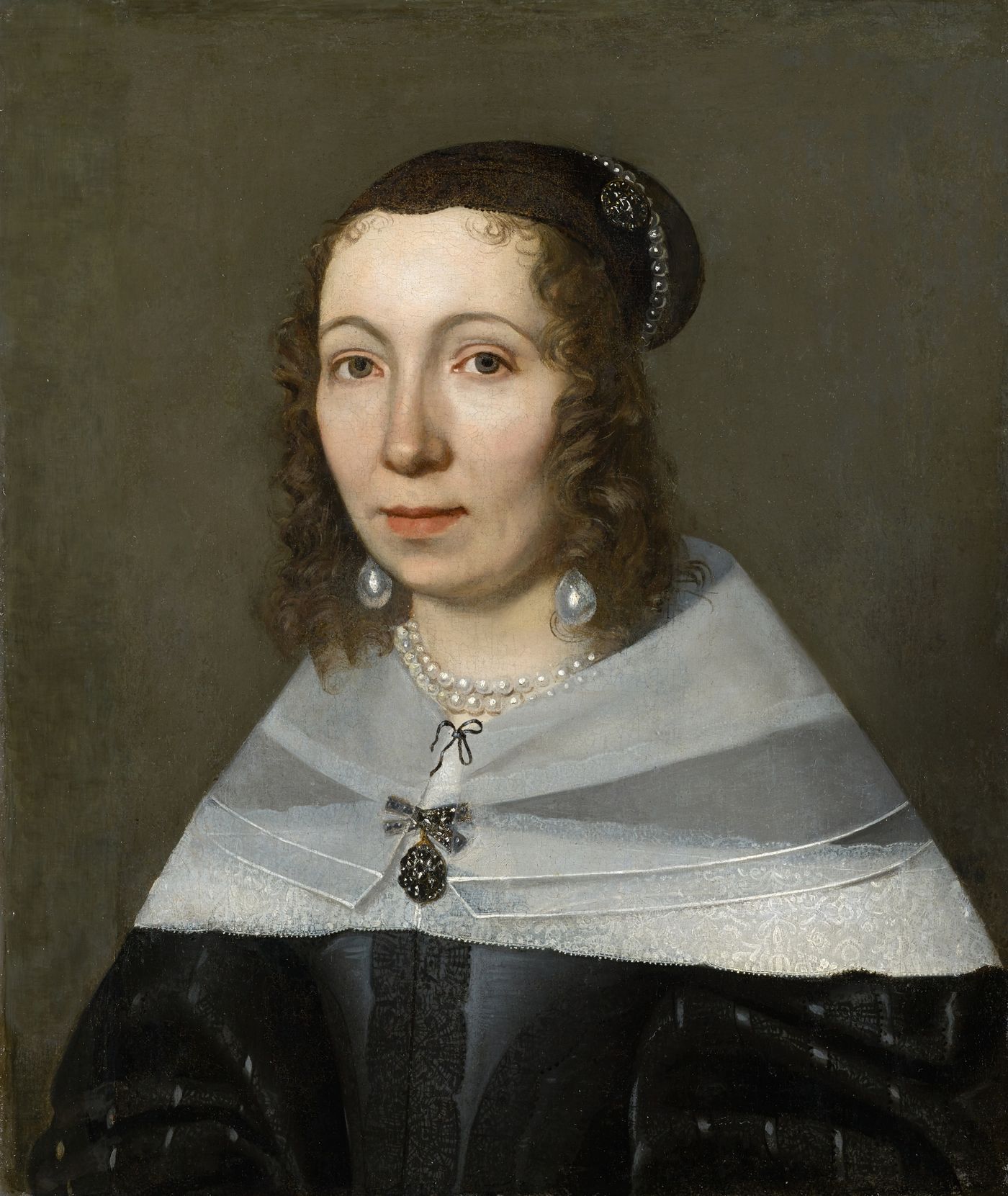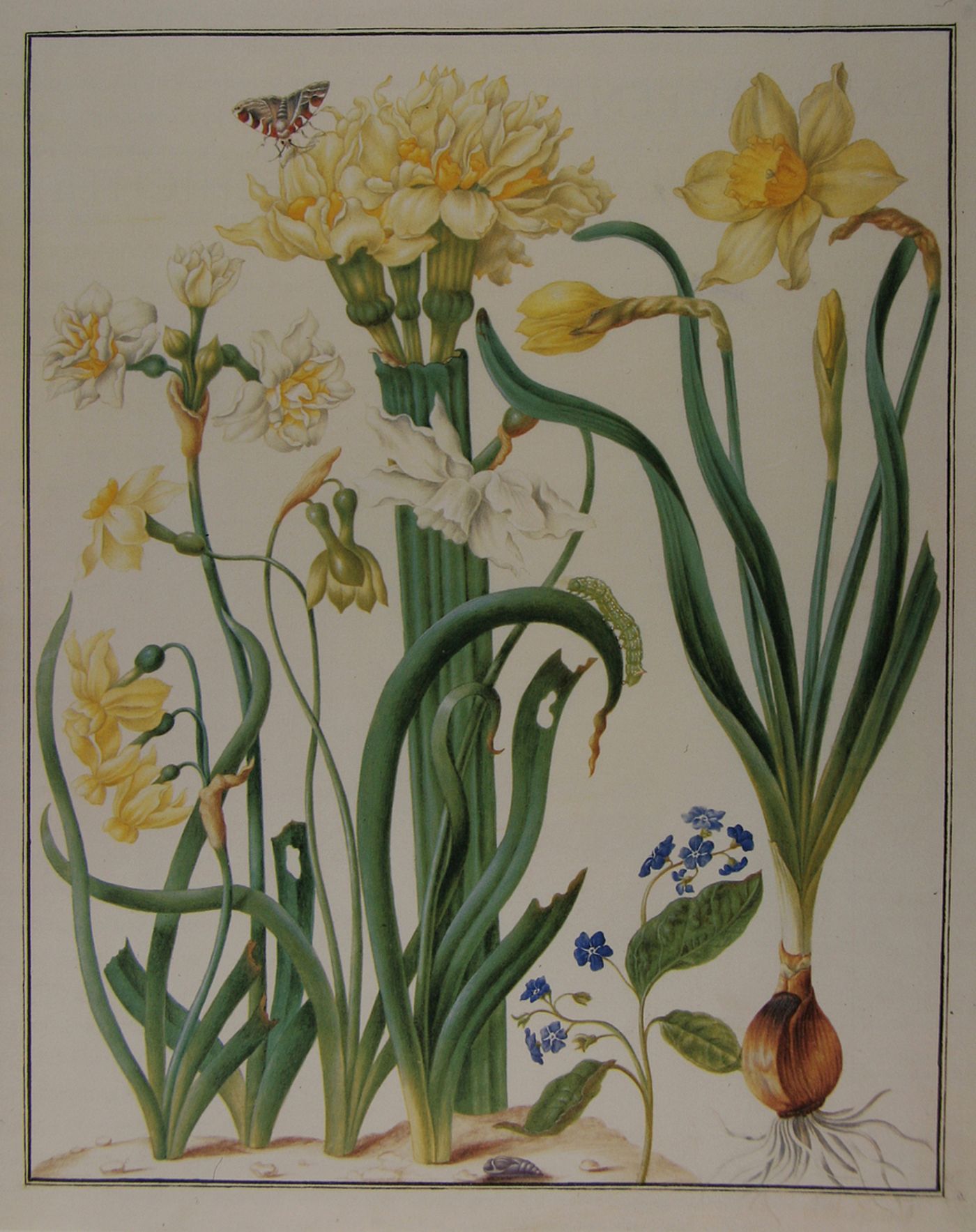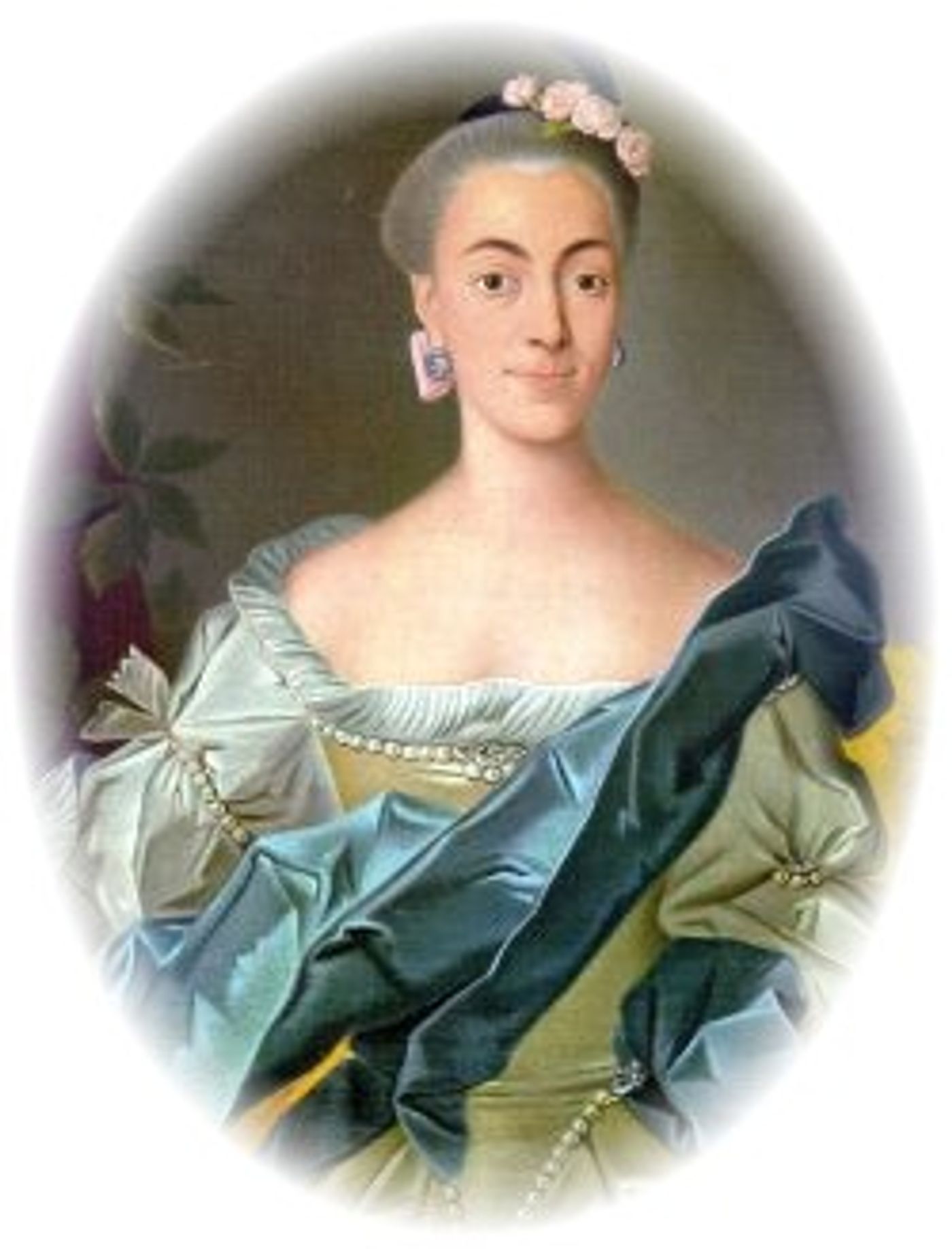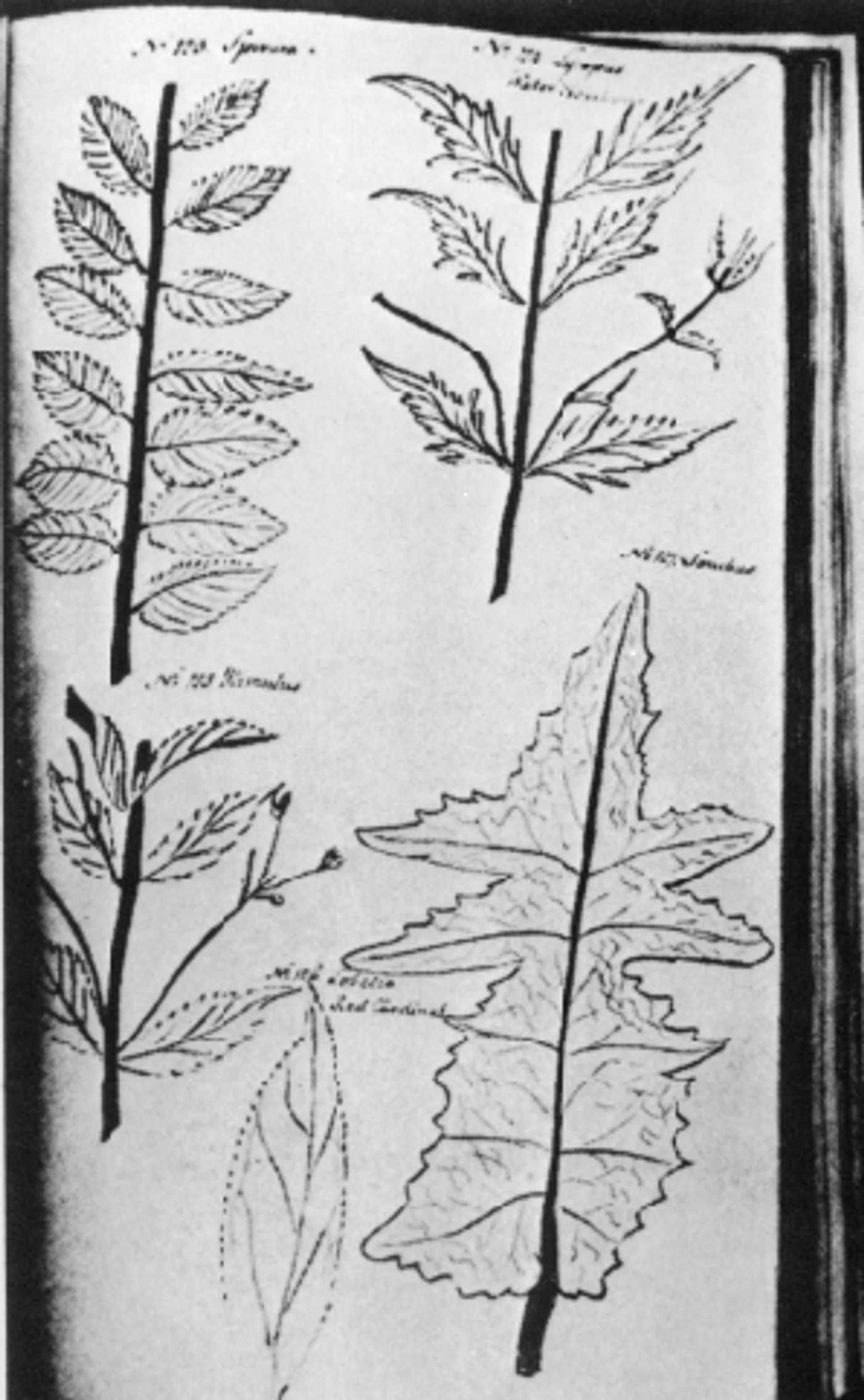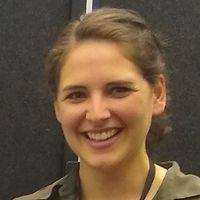Merian, Dorrien, and Colden: Three 18th Century Women Scientists Who Helped Found the Field of Taxonomy
Classification is a natural human propensity—we organize our clothes, our kitchen cupboards, and our toys. This applies to the natural world, too, where animals and plants are grouped based on similarities or differences. But, how to classify these organisms has been debated for centuries; Greek philosophers like Plato and Aristotle were some of the first to propose a system to classify the natural world. The commonly held story says that, taking inspiration from Aristotle’s Great Chain of Being, among other things, Swedish botanist Carl Linnaeus proposed the modern system of scientific classification. In 1735, Linnaeus published Systema Naturae, which provided a structure for scientifically classifying the natural world, something called taxonomic classification. Linnaeus continues to be the credited for this idea, and is taught across elementary schools today (remember “King Philip Came Over For Good Soup?” That’s Linnaean taxonomy). However, history fails to recognize dozens of hidden scholars who contributed to the development of the field, many of them women.
The absence of women from much scientific literature is well-known, but women are particularly absent from taxonomic literature mostly likely because, at the time, women were barred from learning Latin, the official language of taxonomy. European women were, however, generally permitted to work in gardens and tend to plants, as this was considered women’s work partly due to the promotion of gardening by Queen Charlotte of England in the 1770s. As such, women were permitted to spend time in the gardens which is likely why there is a larger percentage of women botanists and mycologists. Many of these women, however, were discovering and naming new species either through their drawings or through more formal scientific processes, and therefore should be recognized as some of the earliest taxonomists alongside Linnaeus and his contemporaries.
Almost a century before Linnaeus’s book, Maria Sybilla Merian (1647-1717) was working on a project related to caterpillar and butterfly metamorphosis. Merian was the first to draw caterpillars with their food sources in their natural habitats and these “plant-host interactions” ended up being so important taxonomically that some Lepidoptera (the order of insects that includes moths and butterflies) were named for the plants on which they feed.
From 1699-1701, Merian embarked on a solo expedition to Suriname to study tropical moths and butterflies. This type of expedition was unheard of at the time for anyone—explorers usually traveled in groups and were financed by investors—but was especially unheard of for women. From her earlier work and her journey to Suriname, Merian published two notable books: Der Raupen wunderbare Verwandlung und sonderbare Blumennhrung (1679; “The wondrous transformation of caterpillars and their strange diet of flowers”) and Metamorphosis Insectorum Surinamensium (1705; “Metamorphosis of Suriname insects”); both books were reprinted in other languages and later editions included an expanded number of species resulting in multiple editions. Early taxonomists were known to identify new species based on drawings, and it has been suggested that Linnaeus used Merian’s drawings to identify over 100 new species. While Merian has been celebrated by art historians for her drawings, she continues to be largely overlooked for her scientific contributions, both during her life and posthumously.
The first formal woman taxonomist was likely German mycologist Catharina Dörrien (1717-1795), and while it is probable that others came before her, Dörrien was the first woman to have formally published a scientific name (during this time, the publication of a scientific name with a description of the new specimen would formally make someone a taxonomist). Dörrien was afforded educational access in ways that her peers were not; she was born into a scholarly family and was allowed to attend her brother’s Latin, geography, and history lessons. After the death of her parents and brother, she moved in with her friend, Sophia Anna Blandina von Erath and her husband, Anton. Anton, an academic, enlisted the help of his household for his research projects, and Dörrien agreed to produce an illustrated flora of the region, called Directory and description of all plants growing wild in the Principality of Orange Nassau, which she published in 1777.
Dörrien was one of the first people known to publicly adopt Linnaean classification in Germany, and she was known for describing two new species of fungi. Her atlas, published in 1777, provided a high level of detail for both named and unnamed taxa and she was recognized for these accomplishments during her lifetime as an honorary member of the Botanical Society of Florence, the Berlin Society of Friends of Nature Research, and Regensburg Botanical Society and as the first woman member of the Berlin Society.
Jane Colden (1724-1766) was known for her work in applying Linnaean taxonomy to flora along the Hudson River Valley in New York, earning her the title of America’s first woman botanist. Colden is known for the discovery of two new plant species, although she has never been officially credited for these discoveries.
In 1753, she discovered a small pink-flowered plant in the woods on her family’s estate, which she did not recognize from any of Linnaeus’s books. She showed her new discovery to a botanist from South Carolina, Alexander Garden, who forwarded her description to Linnaeus with the recommendation of naming a new species. Linnaeus and his European colleagues disagreed with Jane’s description and assigned the plant to the Hypericum (St. John’s wort) genus. In the nineteenth century, this new species was reassigned to its own genus, Triadenum (Marsh St. John’s wort), but Jane’s role in its discovery had long been forgotten. In 1756, Jane described a white-flowered plant, ultimately forwarding her findings to Linnaeus. She called this new plant Fibraurea, though she asked that Linnaeus call it Coldenella, after her; Linnaeus refused and named the plant Coptis groenlandica (Three-leaf goldthread) instead. Despite her discoveries, Jane was never recognized for her scientific work; the genus Coldenia (a monotypic flowering plant genus) was actually named for her father. Some of her peers, however, strived to have Jane recognized, like botanist Peter Collinson who wrote to Linnaeus saying: “she deserves to be celebrated…as perhaps the first lady that has perfectly studied Linnaeus’ system.”
In part due to the work of Merian, Dorrien, and Colden, women taxonomists began to receive more recognition in the latter half of the 18th century and into the early 19th century. In addition to these three women, Elizabeth Christina von Linné, Linnaeus’s daughter, helped to popularize women taxonomists with her own work and the publication of her paper “Concerning the flickering of Indian crass” in 1762. In her paper, she described the optic phenomenon in which the Indian crass plant sends out small bursts of light, and was later and cited by Erasmus Darwin. In the late 18th century, Marie-Anne Libert (1782-1865), Josephine Kablikova (1787-1879), and Elisabetta Fiorini-Mazzanti (1799-1879) were known for describing and publishing on new fungal species. Paleontologist Mary Anning (1799-1847) discovered her first fossil dinosaur in 1811 and would go on to be known as “probably the most important unsung (or inadequately sung) collecting force in the history of paleontology.” Elizabeth Cabot Agassiz (1822-1907) worked with her husband, naturalist Louis Agassiz, on two expeditions: Thayer Expedition in 1865-1866 from which they published A Journey in Brazil (1868) and the Hassler Expedition through the Strait of Magellan from 1871-1872. After her husband’s death, Agassiz went on to publish A First Lesson in Natural History (1859) based on Louis’s research and Seaside Studies in Natural History with her stepson Alexander Agassiz.
Linnaean taxonomy led the scientific revolution of the 18th century, and as suggested by the name, continues to be attributed to Linnaeus himself. But doing this ignores the immense contribution that women made to the field of taxonomy, often erasing them from the history entirely. Linnaeus himself was known to be rather sexist (see, for example, his treatment of Jane Colden when she proposed a new species name), but by continuing to find and tell the stories of women taxonomists we can write them back into the history in which they belong.
